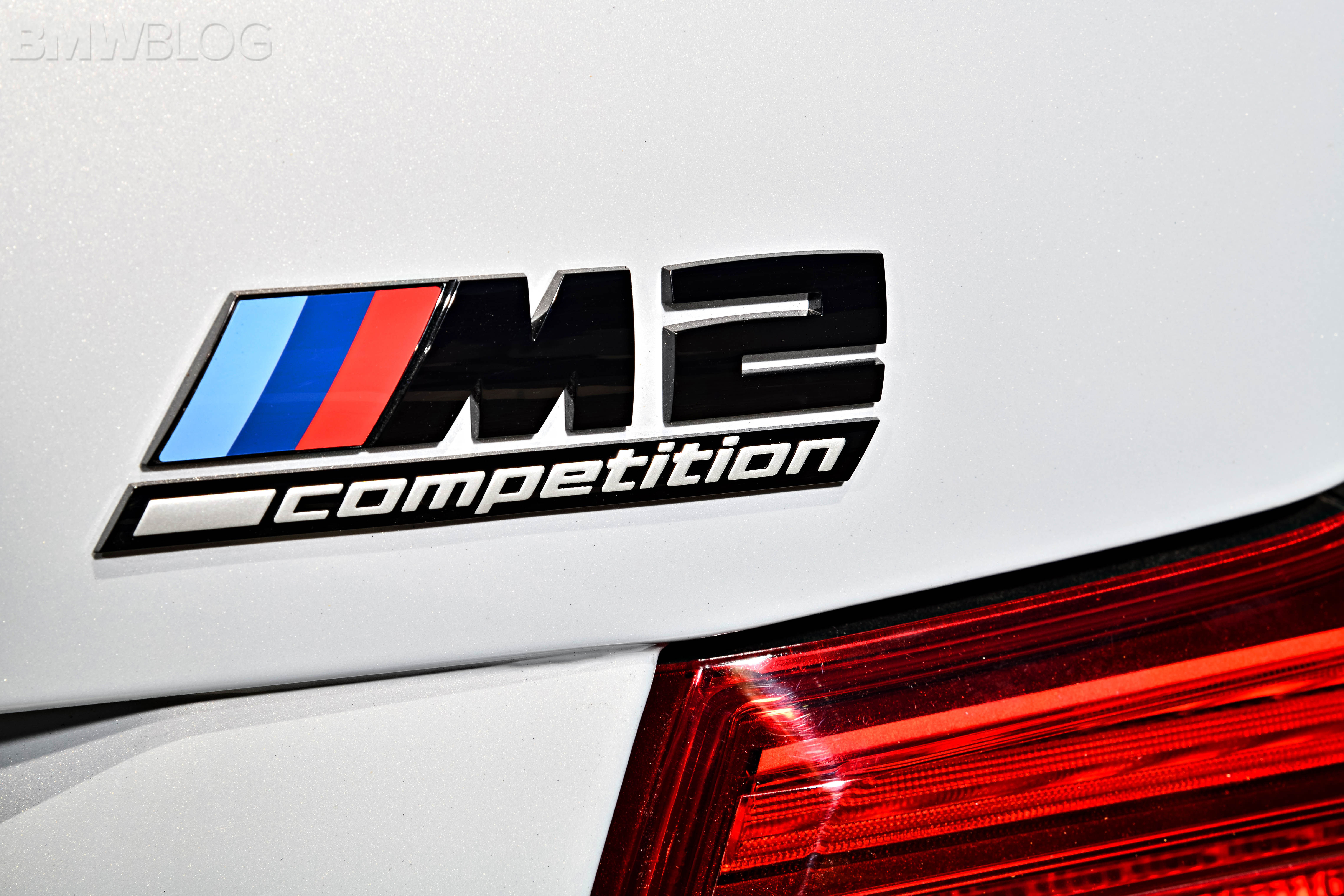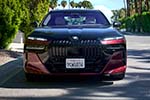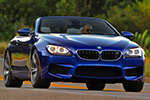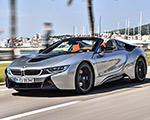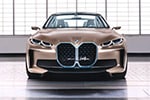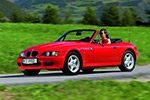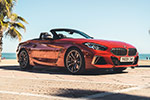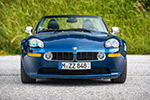The “Competition” badge has quietly disappeared from BMW M’s lineup. For years, it signified the sharper, more focused version of an already fast car — a way to separate the purist’s choice from the regular M model. But that distinction no longer makes sense. During our interview at the 2025 Tokyo Motor Show, BMW M CEO Frank van Meel confirmed that the badge is effectively dead.
Why the Badge Disappeared
According to van Meel, the original idea was simple. BMW noticed other brands offering a two-tier system: a base version and a higher-performance variant. M followed that pattern with the Competition models — more power, tighter suspension, and small visual differences.
But over time, nearly every buyer chose the upper tier. “More than 80 percent of our customers went straight for the Competition,” van Meel told us. “So we said, let’s just make that the standard one.” Look closely and the change was already happening. The current M2 (G87) makes 480 horsepower, outgunning the previous M2 Competition. Every new M product starts at the level where the old Competition trim once peaked. That evolution made the name redundant.
“You might say every M model today is a Competition,” van Meel added.
Simplifying the M Hierarchy
This shift fits a broader trend inside BMW M: less badge clutter, more clarity. Instead of juggling multiple performance tiers, the lineup now focuses on three main rungs:
- M – the core high-performance car
- M CS – the lighter, sharper limited edition
- M CSL – the flagship collector model
The new approach keeps things simple as M prepares for its next chapter — one that includes electrified and all-electric cars built on the Neue Klasse platform. The same idea should also apply to the upcoming G84 BMW M3.
End of a Label, Not an Idea
The badge might be gone, but its intent remains. BMW M still builds cars that push the limits of power and precision — only now, that’s the baseline. For enthusiasts, it means there’s no longer a “step up.” Every M car arrives as the full-strength version, tuned the way customers wanted it in the first place.


